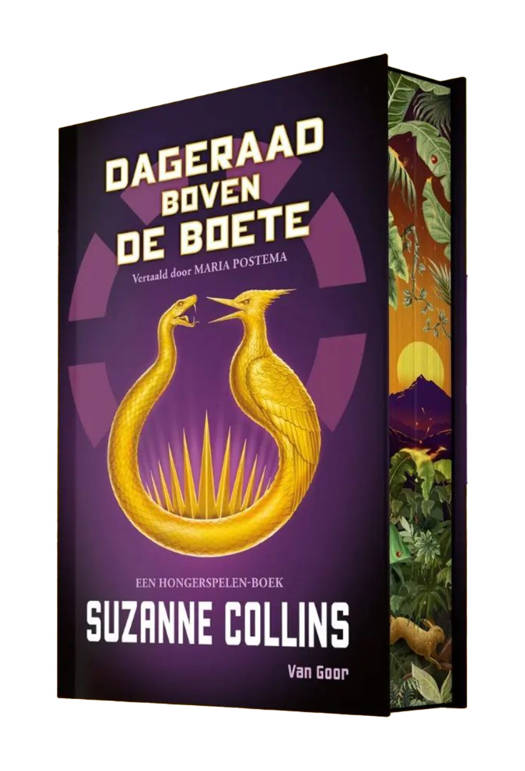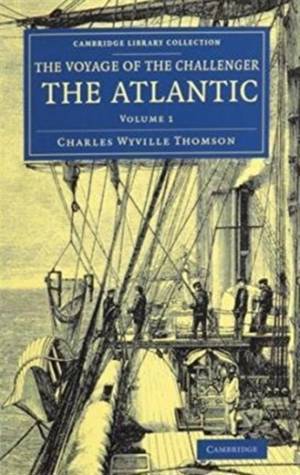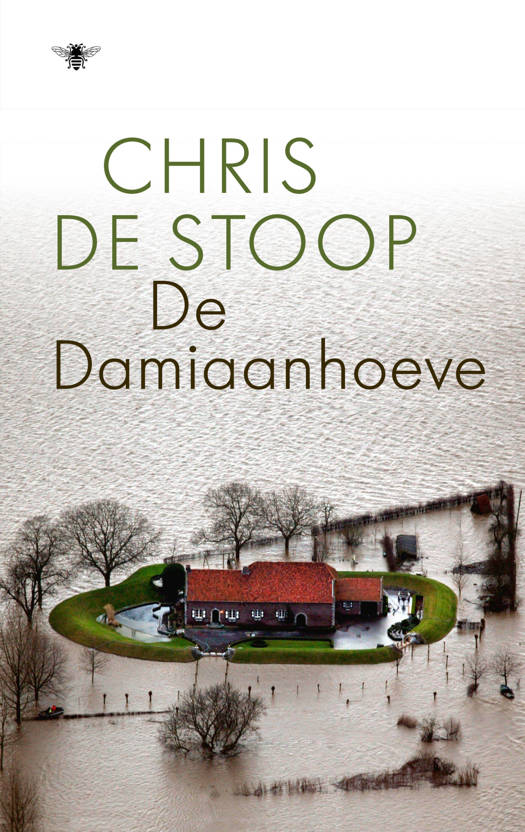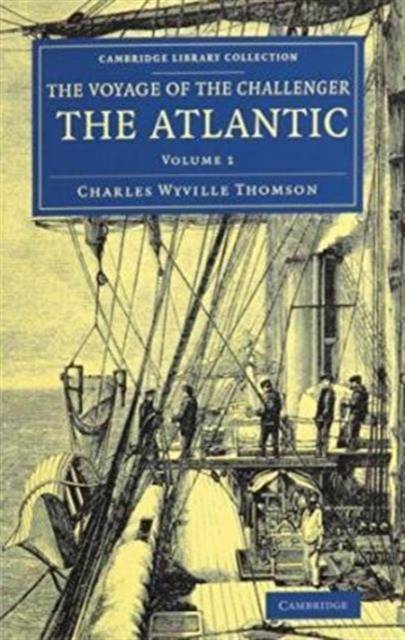
- Afhalen na 1 uur in een winkel met voorraad
- Gratis thuislevering in België vanaf € 30
- Ruim aanbod met 7 miljoen producten
- Afhalen na 1 uur in een winkel met voorraad
- Gratis thuislevering in België vanaf € 30
- Ruim aanbod met 7 miljoen producten
Zoeken
The Voyage of the Challenger: The Atlantic 2 Volume Set
A Preliminary Account of the General Results of the Exploring Voyage of HMS Challenger During the Year 1873 and the Early Part of the Year 1876
Charles Wyville Thomson
€ 97,95
+ 195 punten
Omschrijving
In 1871 the British government agreed to support an expedition to collect physical and chemical data and biological specimens from the world's oceans. Led by Charles Wyville Thomson (1830-82), the expedition used HMS Challenger, refitted with laboratories. They sailed nearly 70,000 nautical miles around the world, took soundings and water samples at hundreds of stops along the way, and discovered more than 4,000 new marine species. Noted for the discovery of the Mid-Atlantic Ridge and the Pacific's deepest trench, the expedition laid the foundations for modern oceanography. This acclaimed two-volume account, first published in 1877, summarises the major discoveries for the Atlantic legs of this pioneering voyage. Volume 1 describes the laboratories and equipment, the observations from Portsmouth via Tenerife to the Caribbean, and the Gulf Stream. Volume 2 describes the voyage from the Caribbean via Madeira to Brazil, then to South Africa. The voyage home in 1876 from the Strait of Magellan is also covered.
Specificaties
Betrokkenen
- Auteur(s):
- Uitgeverij:
Inhoud
- Aantal bladzijden:
- 1018
- Taal:
- Engels
- Reeks:
Eigenschappen
- Productcode (EAN):
- 9781108075046
- Verschijningsdatum:
- 22/05/2014
- Uitvoering:
- Boek
- Afmetingen:
- 157 mm x 231 mm
- Gewicht:
- 1378 g

Alleen bij Standaard Boekhandel
+ 195 punten op je klantenkaart van Standaard Boekhandel
Beoordelingen
We publiceren alleen reviews die voldoen aan de voorwaarden voor reviews. Bekijk onze voorwaarden voor reviews.











